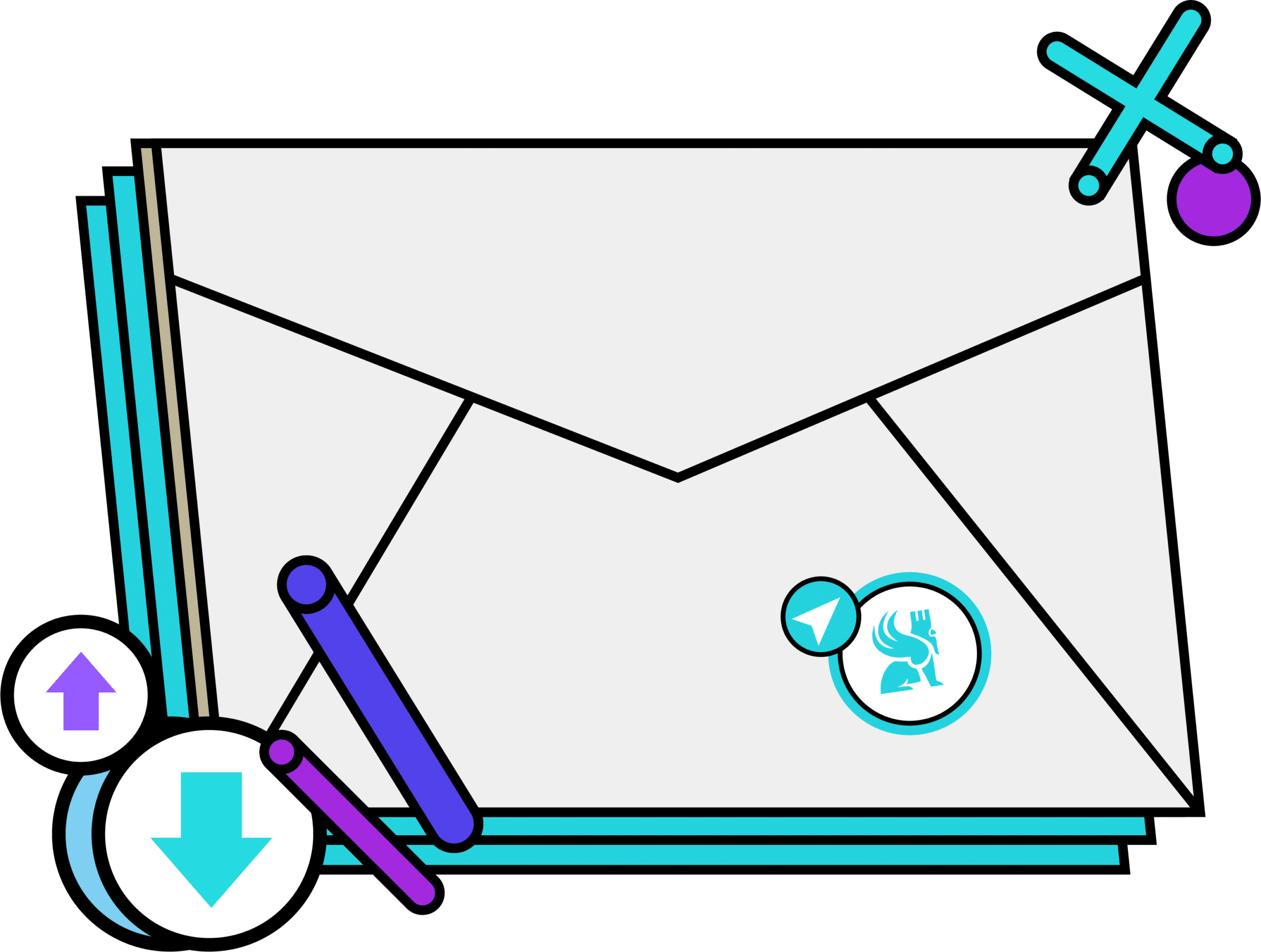APIs are ubiquitous in our digital everyday lives. Every time you check the weather on an app, make an online payment, or get directions on a map, a web API operates behind the scenes to enable different services to communicate with one another. But in concrete terms, what exactly is an API? How does it work, and why is it crucial in the development of a web application? If you’re a beginner wanting to understand how to create an API, this article is for you.
What is an API?
An API (Application Programming Interface) is a set of rules and protocols that allows applications to communicate with each other. It functions as an intermediary between different software and services, facilitating data exchange and process automation.
In concrete terms, a web API enables a client (browser, mobile app, software) to send HTTP requests to a server that returns data in the form of server responses. These interactions often take place through dedicated endpoints corresponding to specific resources.
APIs can be classified into several types based on their usage and architecture: RESTful, which uses standard HTTP methods; SOAP, which is more structured and secure; and GraphQL, offering flexibility in data retrieval. They play an essential role in modern development by allowing third-party services, such as payment gateways or mapping platforms, to integrate smoothly with existing applications.
Why use an API?
Using an API offers numerous benefits:
- Automation: Facilitates interaction with third-party services without manual intervention.
- Interoperability: Eases communication between different applications used.
- Reusability: The same service can serve multiple clients.
- Centralized update: Any improvement to the API benefits all applications using it immediately.
- Security: Data access is restricted according to defined permissions.

What are the different types of APIs?
There are several types of APIs, each suited for specific needs:
1. REST API (Representational State Transfer)
REST APIs are the most common. They adhere to REST principles and use HTTP methods like GET, POST, PUT, DELETE to interact with data. Typically, they return server responses in JSON or XML format.
2. SOAP API (Simple Object Access Protocol)
SOAP APIs utilize XML for their exchanges and are often employed in enterprise services that demand a high level of security.
3. GraphQL API
Developed by Facebook, GraphQL allows retrieving only the necessary data in a single request, thereby optimizing exchange performance.
4. WebSocket API
They enable real-time bidirectional communication, which is extremely useful for applications like instant messaging.

How to create an API in steps?
1. Define the goals and the data model
Before starting, it’s crucial to define the data model and the API’s goals. What types of data will be exchanged? Who will be the users, and what permissions will they possess?
2. Choose a technology
APIs can be developed using multiple languages and frameworks:
- Node.js + Express.js (JavaScript)
- Flask or Django REST Framework (Python)
- Spring Boot (Java)
- Ruby on Rails (Ruby)
3. Design the endpoints
Each resource should have its own endpoints with a clear structure. Example:
HTTP Method | Endpoint | Description |
GET | /users | Retrieve the list of users |
POST | /users | Add a new user |
PUT | /users/{id} | Update a user |
DELETE | /users/{id} | Delete a user |

4. Implement the API
Let’s look at an example of an API using Node.js and Express.js:
const express = require(‘express’);
const app = express();
app.use(express.json());
let users = [{ id: 1, name: “Alice” }, { id: 2, name: “Bob” }];
// Retrieve all users (GET method)
app.get(‘/users’, (req, res) => {
res.json(users);
});
// Add a user
app.post(‘/users’, (req, res) => {
const newUser = { id: users.length + 1, …req.body };
users.push(newUser);
res.status(201).json(newUser);
});
// Launch the server
app.listen(3000, () => console.log(“Server listening on http://localhost:3000”));
In this example, use http://localhost:3000/users to interact with the API.
5. Manage responses and HTTP status codes
HTTP status codes indicate the success or failure of a request:
- 200 OK: Request succeeded.
- 201 Created: Resource created successfully.
- 400 Bad Request: Incorrect request from the client.
- 404 Not Found: Resource not available.
- 500 Internal Server Error: Server-side error occurred.

6. Secure the API
It’s essential to incorporate security measures:
- Authentication using tokens (JWT, OAuth)
- Rate limiting
- User input validation
- Support for HTTPS protocols
7. Test the API
Before deploying your API, perform unit and functional tests to ensure its stability. You can use:
- Postman: To test requests manually.
- Jest (Node.js), PyTest (Python), JUnit (Java): To automate tests.
8. Consult the documentation
A good API must be documented. Consult the documentation and automatically generate documentation with Swagger or Postman Docs.
Clear and detailed documentation simplifies the integration and use of the API for developers. It should include examples of requests and responses, potential error codes, and authentication guides. Well-documented APIs enhance the user experience, minimize errors, and expedite the development of applications that utilize them.
Conclusion
Creating an API is a crucial step in modern web application development. By clearly defining its data model, properly implementing the endpoints, and following best security practices, you ensure an efficient and scalable API. Finally, rigorous testing and comprehensive documentation facilitate seamless integration with other applications being used.
Whether you’re developing an API for personal projects or enterprise solutions, these steps will help you establish a robust and high-performance API.










